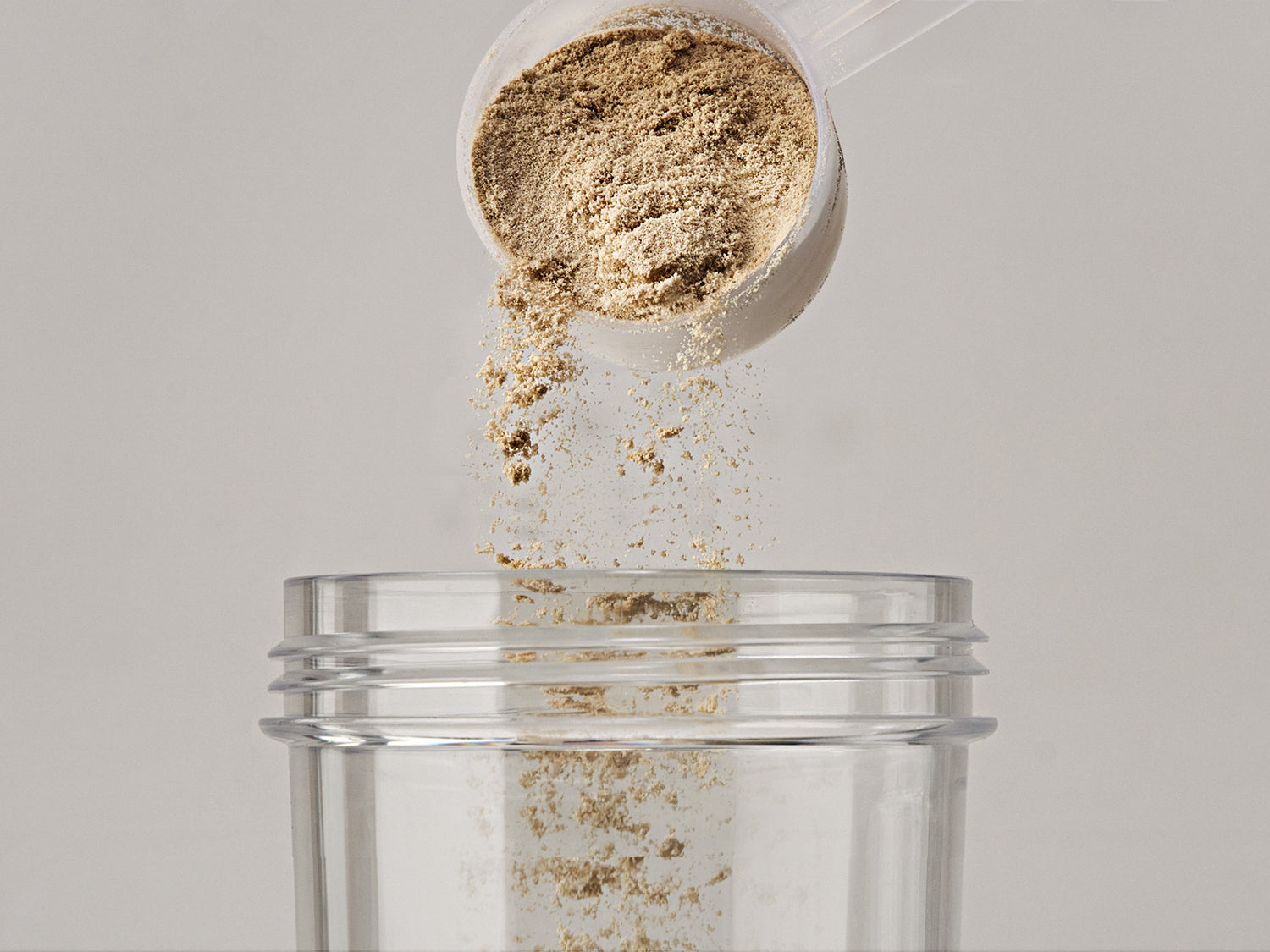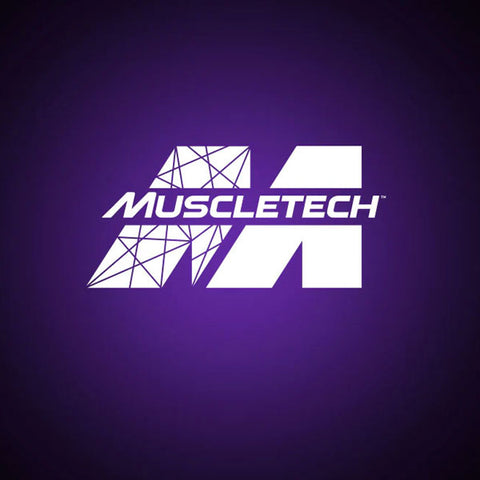By Ron Harris with additions from the MuscleTech team
I’ve written more than a few abdominal training articles over the years, and I typically start with a friendly reminder about how you won’t be able to see a clear six-pack unless your body fat is very low. I then explain the importance of diet and cardio in achieving said low body fat levels, as the common misconception for many decades has been that abdominal training is the sole key to displaying those coveted washboard abs.
With that out of the way, I must circle back and clarify matters. It’s true that you can’t see muscle definition unless you’re lean. It’s also true that unless that muscle is developed in the first place, there’s nothing to see! An impressive midsection absolutely requires that the rectus abdominis has been developed and thickened through direct training.
Let’s be real. Training the abs isn’t as fun as muscle groups such as the chest or biceps. Many bodybuilders find it so boring that they never do it at all. I’m with all of you who feel this way. What do we do when our workouts for other muscle groups become stale or tedious? Usually, we introduce new exercises or new techniques. You already know about standard abdominal movements such as crunches, hanging leg raises, and sit-ups. I’d like to share some exercises for abs that aren’t quite as common and can have yours popping after only a few weeks of dedicated work.
Table of content
Getting into the Basics: What Are Abs?
Let's start with the basics: what exactly are abs? While it's common knowledge that abs are located around your midsection and are part of your core, these muscles are actually composed of four key groups:
1. Rectus Abdominis: Known as the ‘six-pack muscles,’ these are found in the middle of your abdomen and help you bend forward.
2. Transversus Abdominis: This is the deepest abdominal muscle, wrapping around your waist to support your spine.
3. External Obliques: These outermost abdominal muscles run from your ribs to your pelvis and help your body rotate and bend side to side.
4. Internal Obliques: Situated beneath the external obliques, these muscles also assist with trunk rotation and lateral bending.
Each of these muscles is distinct but works in concert to enable trunk rotation and flexion, stabilizing your body during various movements. To achieve a defined six-pack, it's essential to train and refine each of these muscle groups. Most ab exercises engage multiple muscles, but often focus on one group more than others.
Your genetics significantly influence the appearance of your abs. While some people, like fitness models can develop an impressive eight-pack, others might naturally have a four, six, or eight-pack based on their genetic makeup and how their abdominal connective tissue is structured. A six-pack is the most common outcome.
We'll share the best exercises to build a strong core, but remember, you can't change your genetic predisposition that determines the specific appearance of your abs.
Top Picks for a Perfect Ab Workout
Jackknife/V-Ups
“Jackknife” is an older term for folding knives, and it’s also used in the world of competitive diving to describe a dive in which the body is first bent at the waist and then straightened before plunging into the water. The exercise essentially involves folding your body into itself by simultaneously bringing the torso and bent legs toward each other, then apart. They’re one of the hardest ab exercises you can do. You need good flexibility and ab strength to be able to get both your arms and legs up in the air at the same time. These can be done on the floor or a mat, so there’s no need for any equipment. I find them even more challenging to do sitting sideways on a bench with just your butt on the bench. This will force you to slow the movement down to maintain balance and really squeeze those abs!
Also Read: 10 of the Fittest Cities in North America
Barbell Roll-Outs
These are a great old-school exercise. They stretch the abs all the way and even work the serratus! Usually, gyms have little ab roller wheels with little handles you can use. If not, use a barbell with 10- or 25-pound plates loaded on each side. Don’t try these with a fixed barbell as it won’t roll! It’s also another perfect movement for core strength, but I love them mainly for the crazy stretch you feel in the abs when you’re fully extended. Abs need to be stretched and contracted just like any other muscle we train.
Also Read: Isometric vs Isotonic Exercises
Bicycles
These are so named because when you do them, it looks somewhat like you’re on your back riding an invisible bicycle. That’s not entirely accurate unless your form is sloppy. Sometimes these are called “bicycle crunches,” which is closer to reality. On your back with hands on either side of your head, you alternate bringing your right elbow to your left knee with touching your left elbow to your right knee.
I like bicycles because you can time yourself and work abs in more of an endurance fashion. You can just do them for a certain number of reps too, but I get a better workout out of them if I set a stopwatch and do as many as I can for 60 seconds. It’s also a good way to work the obliques without making them bigger!
Rope Cable Crunches
This is one of my favorites, and it was also the ab exercise of choice for the eight-time Mr. Olympia. In my opinion, rope cable crunches are the best movement for developing ab thickness. The reason why it builds thickness is because you can add weight and get a hard 12 reps instead of busting out 50 crunches (who has the time or the attention span for that? Not me!). What will make your abs thicker is doing hypertrophy work on them, which is sets where you reach failure at around 10 to 12 reps. Thick abs are a good thing, because the cuts between them will be deeper than more shallow, less developed abs. Thick obliques are another story. Those make your waist wider, and you don't want that!
Frog Kicks
For those of you who simply don’t have the strength to do hanging leg raises yet or maybe you just want to take a break from them, the frog kick off a bench is a reasonable alternative. To perform them, position yourself on a flat bench so that you’re on the edge of the seat with your legs off in space. Begin with both legs fully bent, then slowly straighten them out in front of you. Many trainers feel these in the lower ab region, which is notoriously hard to target for some.
FAQs About Ab Exercises
How Many Ab Exercises Should I Do?
As a general guideline, selecting three different exercises and performing 10-15 reps for three sets each is a solid benchmark. Alternatively, you might find it more engaging to use a timer and do a Tabata-style workout. This involves working for 20 seconds, resting for 10 seconds, or for a greater challenge, working for 40 seconds and resting for 20 seconds, repeated for three rounds.
To develop a well-rounded core, it's crucial to incorporate a variety of ab exercises. For instance, combine crunches, Russian twists, and v-ups to balance flexion exercises with rotational ones, ensuring all movement patterns are covered. Additionally, vary your exercises daily to continuously challenge your body and prevent hitting a plateau.
How do I get Abs?
You have abs already! Everyone has abs, but their visibility depends on your body fat percentage. To reveal your abs, focus on reducing overall body fat and building core strength. Here's how:
-
Calorie Deficit: Burn more calories than you consume to lose fat. Intermittent fasting can be effective for weight loss, though it may not suit everyone.
-
Increase Protein Intake: Consuming higher amounts of protein (1.2 to 1.5 grams per 2.2 pounds of body weight) helps preserve lean muscle mass and improves body composition during weight loss.
-
Strength Training and Cardio: Combining 30 minutes of cardio with 30 minutes of strength training three times a week results in greater fat loss than cardio alone.
-
Regular Ab Workouts: Incorporate 1-3 focused ab workouts per week into your routine to strengthen and shape your abs.
By following these steps, you can reduce body fat and work towards a more defined and visible core.
How Long Does It Take to Get Visible Abs?
The question of how long it takes to get abs doesn't have a simple answer. The timeline varies greatly depending on factors like your current body weight, genetics, diet, and exercise routine. If you're a regular at the gym, you likely already have abdominal muscles because a strong core is necessary for many compound exercises. However, if your six-pack isn't visible, it's probably due to a layer of fat covering them.
To make your abs visible, you need to focus on two main objectives: building the abdominal muscles and reducing body fat. The exact time it will take to reveal your abs is difficult to determine and will depend on your individual starting point and how consistently you work towards your goal. In essence, the more effort and dedication you put into your training and nutrition, the sooner you'll see results.
Why Do Ab Exercises Cause Back Pain?
Ab exercises shouldn't cause back pain, but it's not uncommon for some people to experience discomfort during core workouts. This pain could be due to several factors:
Weak Lower Back: A weak lower back may not be strong enough to support you during core exercises, leading to pain.
Core Imbalances: Weaknesses in other areas of your core can cause your back to overcompensate during movements, resulting in discomfort.
Improper Form: Even minor deviations in form can place undue stress on your spine and cause irritation.
What to Treat Back Pain from Ab Workouts?
Stop Immediately: If you feel back pain during an ab exercise, stop the movement right away.
Check Your Form: Ensure your form is correct. If pain persists, discontinue the exercise and try an alternative.
Strengthen Your Core Safely: Incorporate exercises like bird dogs, dead bugs, and glute bridges. These movements help build core strength and lower back function without straining your back.
Over to You
Achieving a well-defined, impressive midsection requires more than just reducing body fat; it also demands targeted abdominal training to develop and thicken the rectus abdominis and other core muscles. While diet and cardio play crucial roles in revealing your abs, integrating diverse and effective exercises like jackknives, barbell roll-outs, bicycles, rope cable crunches, and frog kicks into your routine can help ensure that the muscle is there to show off when the fat is gone. Remember, everyone has abs, but their visibility hinges on your overall fitness regimen, including strength training, nutrition, and consistency. With dedication, variety, and the right approach, you can build a strong, aesthetically pleasing core and finally uncover those coveted washboard abs.
Visit our Shop to Buy the Best Body Building Supplements
Read Our Top Read Content:
-
A-Z Guide to Bodybuilding for Beginners
-
The Best Bulking Diet for Skinny Guys
-
Creatine - Unleashing Power, Performance, and Safety




